Self-Initiated Project
- cndartstudio
- Apr 16, 2021
- 5 min read
In my initial project proposal, I said that I would like to explore the changes in the meaning of moving images - related or unrelated to each other - when overlaid or superimposed.
I said I’d like to work with a combination of digital photography, moving images and sound, introducing elements of magic realism characterised by the presentation of fantasy in a realistic mundane setting. I also said that the result should be digital in form - a series of three to five short moving images and that I would like to explore elements of magic realism. I started therefore to experiment with videos -
I couldn’t however visualise clearly where I was going. I knew I wanted it to be in digital form as I’m also very interested in technology, and I agree with D Chalmers in The Virtual and The Real, where he argues that Virtual Reality today is almost as real and as valuable as physical reality.
During this first year I discovered that there’s a lot that can be done using technology in art to make art available to a much wider and more diverse audience. The challenge is to develop the layers that move human emotions to engage this new audience in the same way that traditional mediums do with traditional audiences.
For my Spatial Practice Project – Heterotopias – I did a virtual exhibition in different rooms of my house of a ballet dancer inhabiting 3D objects hanging from the ceilings, based on Foucault’s Third Principle of “juxtaposing in a single real space several spaces that are in themselves incompatible” - with elements of magic realism. I was inspired by photographs of The Orbit by Tomas Saraceno and my ideas started to develop, and I decided that my self-initiated project would be a development of my Heterotopia project.
My aim was to create a virtual exhibition in a domestic space introducing elements of magic realism, highlighting the incongruous situation of galleries and museums during the pandemic lockdown. I wanted to incorporate other aspects, such as my own 3D objects and 3D photograph, to create a more realistic exhibition with a different theme.
My process
In the Heterotopia project I worked with standard ready-made 3D objects supplied by Adobe Dimension, but for this project I wanted to create my own 3D objects, so I began by sculpting a number of small unrefined, fairly rough, organic semi-abstract objects in clay, with the intention of developing contrasting elements of the composition.
I needed something that would enable me to do 3D scanning, something I’d never done before, and remembered one of the students mentioning an App called Qlone, so I downloaded the App and played with it, and found that it worked well.
As the floor plan for my exhibition was to be my house, I took photos around the house in artificial light which I preferred to natural light and found that the best time to do this was in the middle of the night. I think this is because the quietness of the house in the night combined with artificial light indoors and darkness outside gives the photos a special atmosphere - much better results than during the day.
I also experimented by taking 3D photographs of domestic scenes as a Floor Plan for my virtual exhibition, but my research showed that the online service providers such as Artsteps and Kunstmatrix don’t at the moment have that facility available, though some of them offer a very costly service package which includes taking the photos. I also found that the facility to upload 3D objects is not fully developed yet, so for this submission I decided not to pursue that path.
Once I decided on the rooms I was going to work with I uploaded my 3D objects using Dimension software, and started experimenting with scale, positions, colours and texture base to create harmonious compositions, and when I was happy with them I decided whether I needed a character in some of them and whether they were going to be photographs or moving images.
For those that I thought would work better as photographs, if I thought they needed a character, I looked through my previously selected photos to decide which character would work better, then I transferred my 3D composition to Photoshop where I merged the character photo into the composition.
For those that I thought would work better as moving images, and depending on what aspect of the composition I thought should have motion, I either worked on creating the frames directly in Dimension or transferred it to Photoshop to create the frames, and then to create the moving image - gif or video - I used Procreate, as I found this easier to use than photoshop.





Self-assessment
Before starting this course, my work was mainly portraiture, in oil or pastel, and looking at my recent work makes me realise how much I’ve developed this year, not only in the use of different mediums, technologies and concepts but also in understanding what constitutes Contemporary Artwork.
Although I feel that I’ve improved I still however have some way to go to be able articulate properly the influences and application of my contextual studies and knowledge in my work. I also feel that the theory I’ve been reading and the research I’ve done isn’t fully reflected yet in the written work I’m producing but I’ll will keep doing my best to improve.
In terms of the mediums I’m using I believe that digital is the future of the visual art world – doesn’t need much space to exhibit, it’s easy to present and to transport, and the technology is getting cheaper and better as time goes on. The success of exhibiting digital images compared to exhibiting physical artwork such as painting, drawing or sculpture, will ultimately depend not only on the quality of the work but also on the curatorial aspects of the exhibition - the quality and accessibility of the technology used, the projector, lighting and sound system, and so on.
During this project I became aware of Acute Art which is a group of well-known contemporary artists such as Olafur Eliasson, Cao Fei and Tomas Saraceno who are collaborating and experimenting with Augmented Reality, creating 3D objects and moving images that can be exhibited virtually anywhere. They had an exhibition called Unreal City in the South Bank in London in January and February this year which people could access on their smart phones, and this gave me the idea to pursue the path of Augmented Reality in future. During the summer I intend to learn the technology and use the outcomes of this project as a prototype for a more sophisticated piece of work in Augmented Reality or Virtual Reality at a later date.
I also like the idea that digital work have the potential to be exhibited in any physical space, and my dream would be to exhibit in a physical space as a 3D projection or hologram - as if hanging from the ceiling, or on a largescale - occupying an entire room where viewers can negotiate their way round the virtual installation.
Reference
Architecture/Mouvement/Continuité Journal, Oct 1984 Of the other spaces: Utopia and Heterotopia, Michael Foucault -
Heather Phillipson A Is to D What E Is to H (2011–13) https://vimeo.com/54438084
Hannah Black, My Bodies, 2014
Tomás Saraceno and Hans Ulrich Obrist: Web of Life: for a real augmented reality | Unreal City Live . http://www.youtube.com/watch?v=was4NsYgLBk
Cao Fei on obscuring the boundaries between the real and the virtual | Unreal City Live https://www.youtube.com/watch?v=9HrkucC1e9I












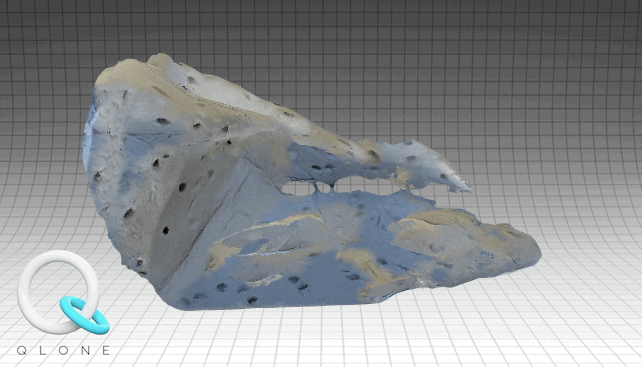
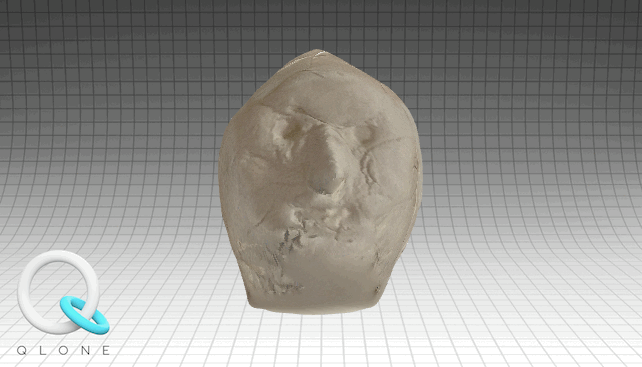
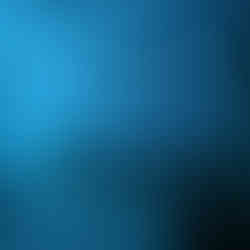

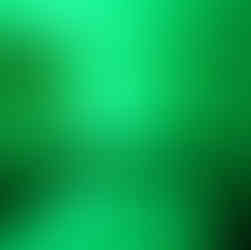

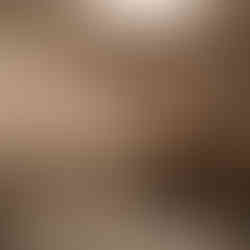







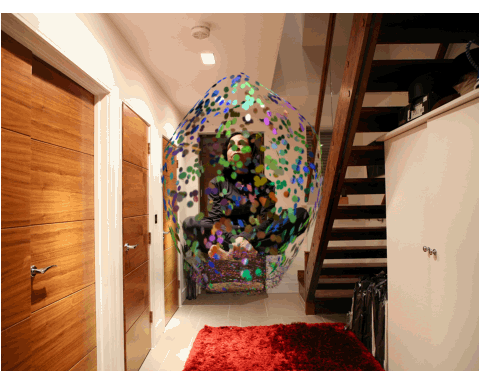
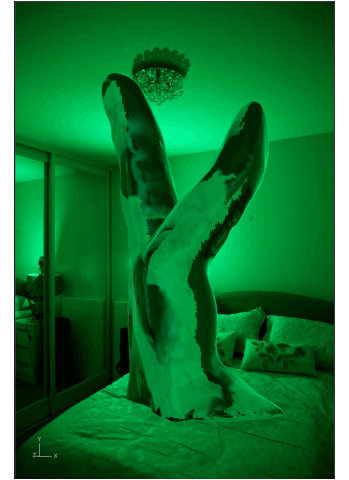
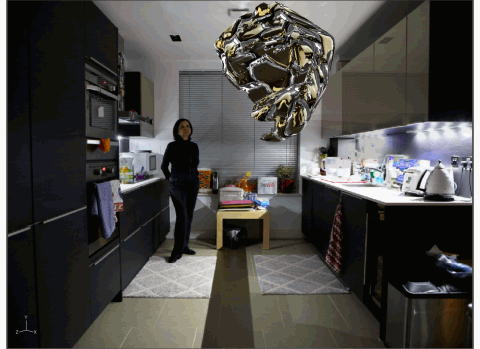
Comments